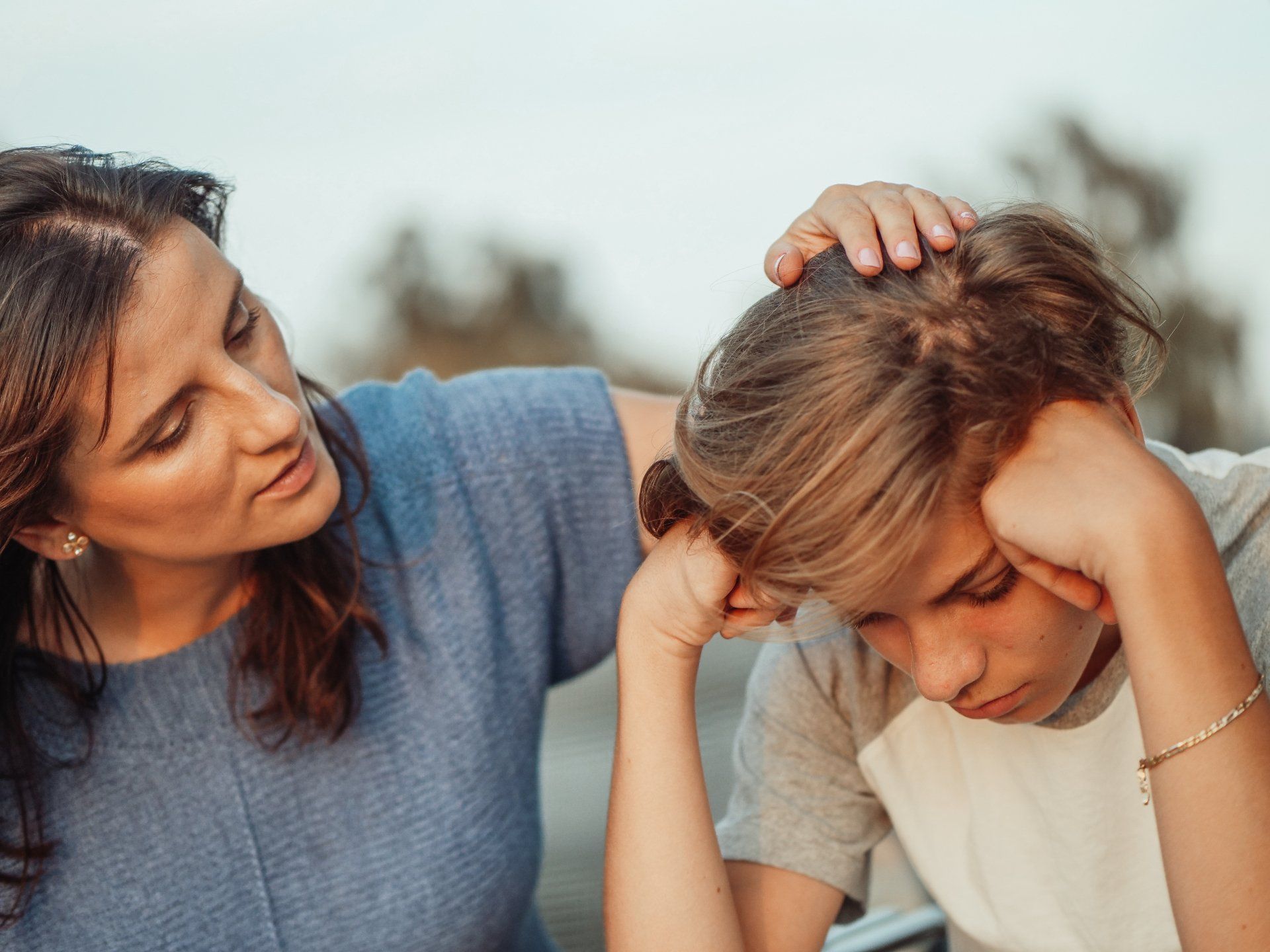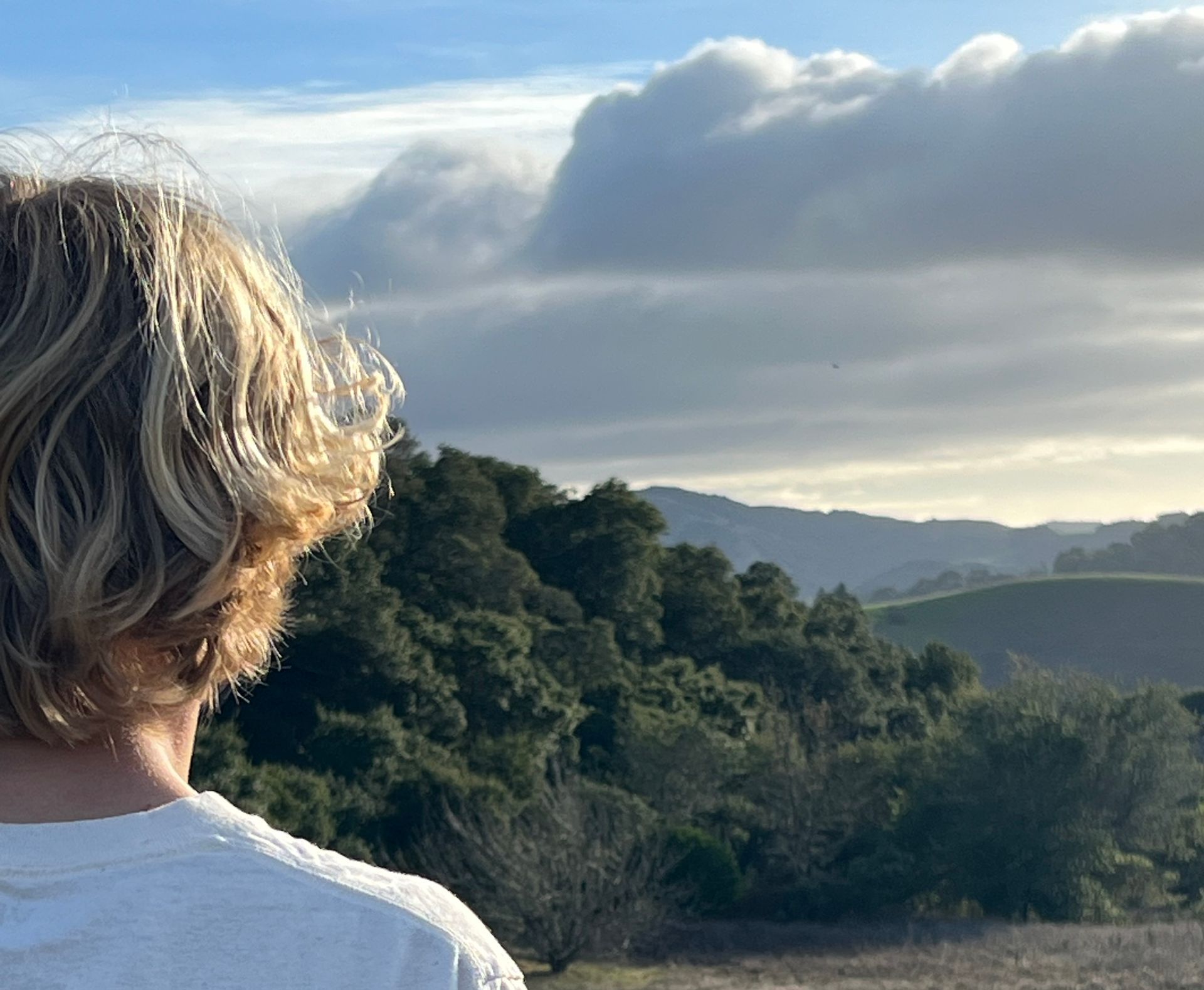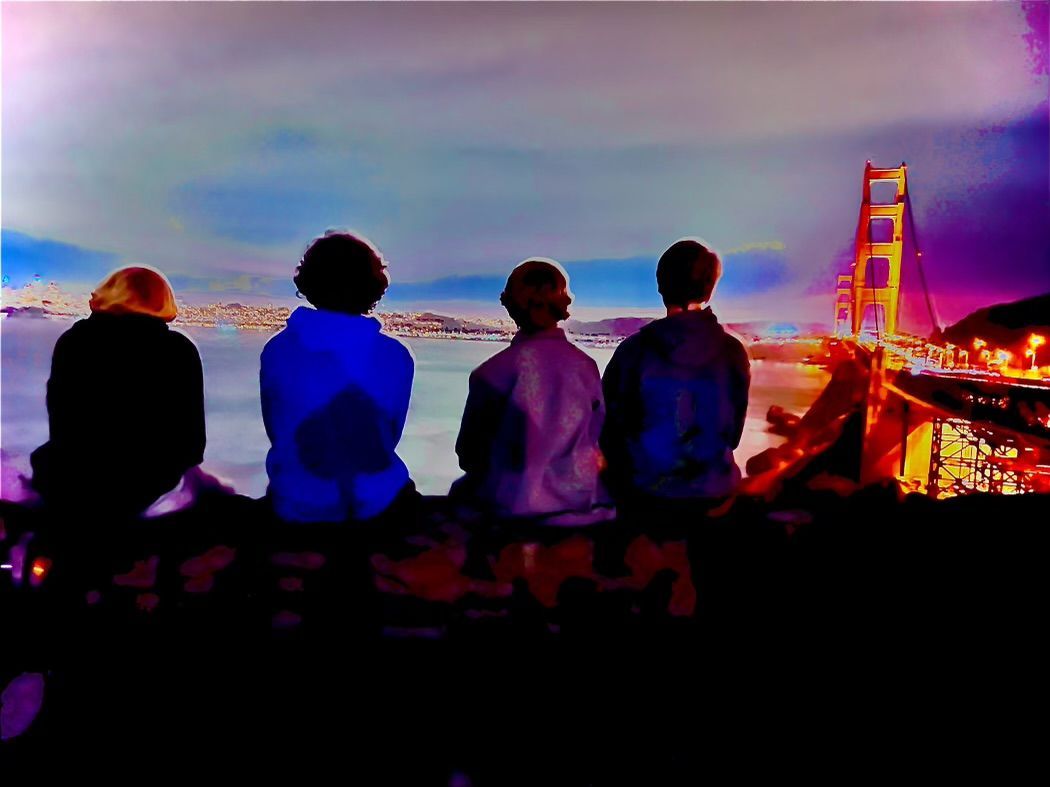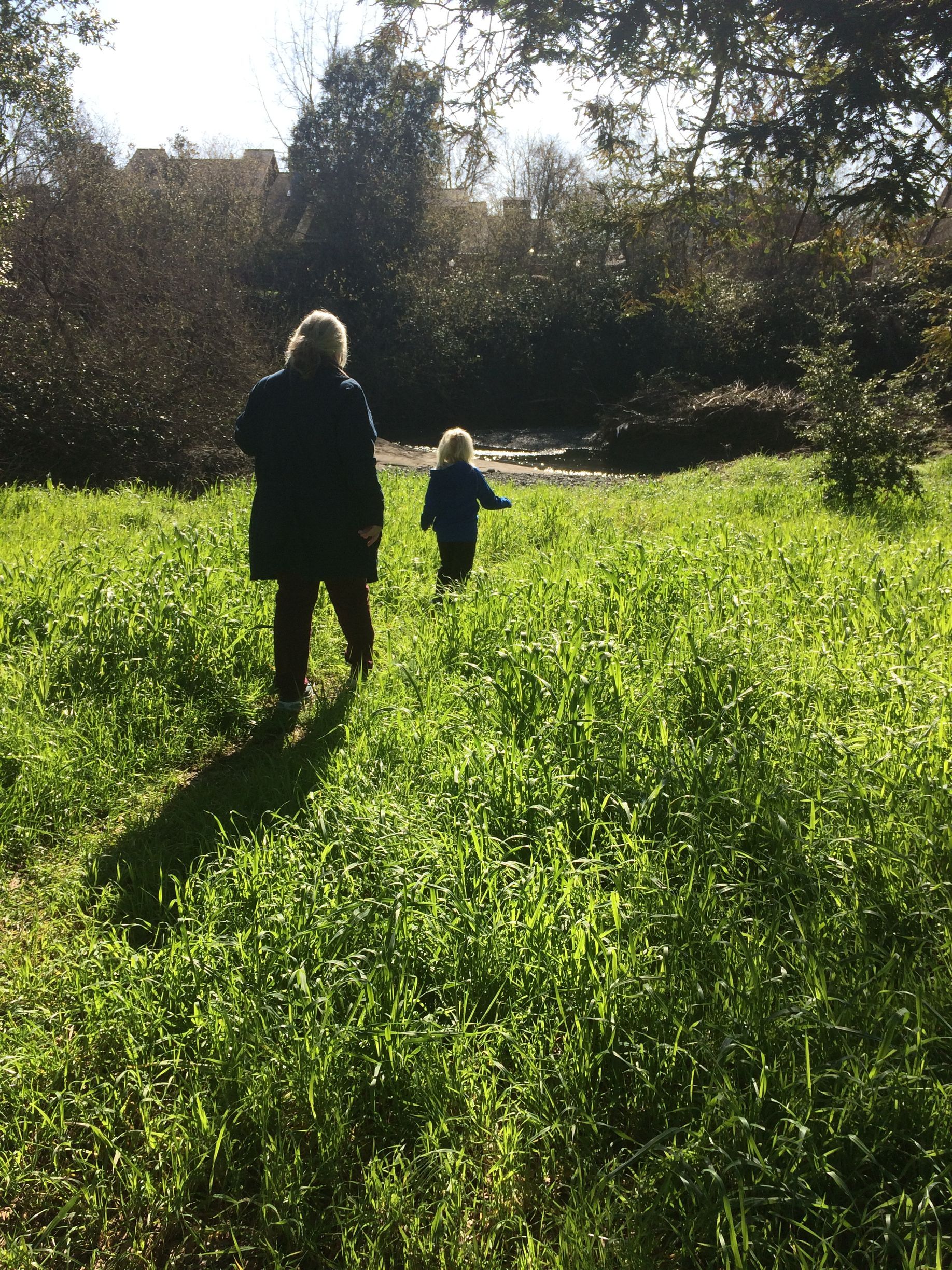Why Hire a Parent Coach?
Meghan Brand Stauf • February 2, 2023
We are not meant to do this alone
The body content of your post goes here. To edit this text, click on it and delete this default text and start typing your own or paste your own from a different source.
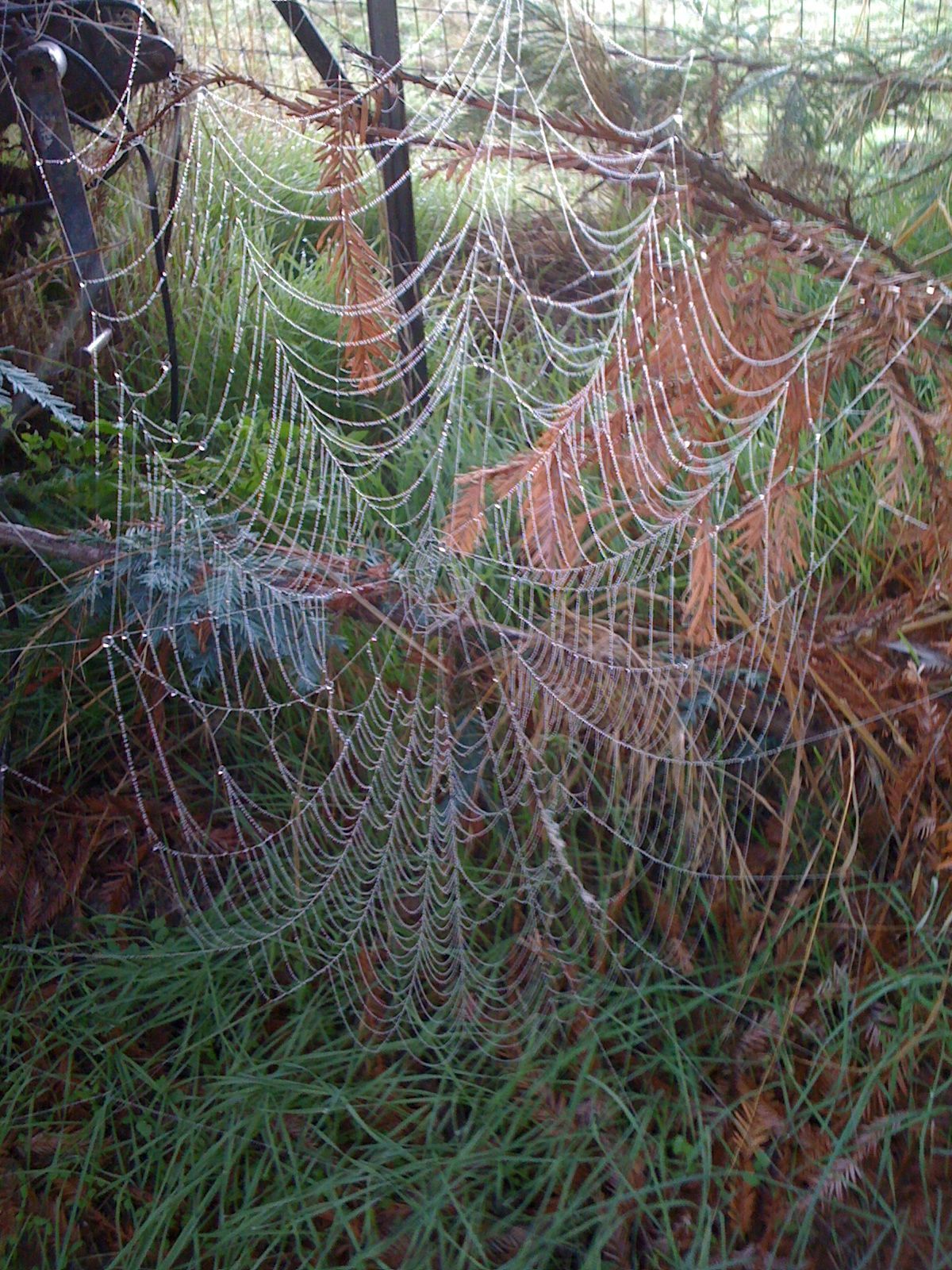
Each October, neighborhoods come alive with creativity — cobwebs on fences, pumpkins glowing, skeletons dancing in the wind. It’s one of the joys of living in a community that celebrates together. But in recent years, Halloween decorations have grown more elaborate and, at times, more graphic — life-sized monsters, severed limbs, bloodied scenes straight from a horror movie. Many are impressive feats of artistry. Yet it’s worth pausing to ask: how do these images land in the hearts and nervous systems of the children who pass them every day? What Gets Fired Together Gets Wired Together Our brains are designed to protect us. When we see something frightening, our amygdala fires — sending messages that say, “danger, stay alert!” In adults, the prefrontal cortex helps us calm down and remember it’s just pretend. But in children, that part of the brain is still developing. They can’t always tell the difference between a make-believe threat and a real one. The saying “what fires together, wires together” is neuroscience shorthand for how repeated experiences shape the brain. If a child walks past gory or threatening imagery every day, their brain may repeatedly fire the “fear” circuitry — and those neural pathways can strengthen. Even if they act brave, their body may quietly store the stress. The Hidden Costs of Fright Children process images differently than adults. Scary visuals can linger as intrusive mental pictures, showing up later as nightmares, restlessness, or heightened vigilance. Some kids may shrug it off; others may not sleep well for days. The American Academy of Pediatrics notes that young viewers often internalize horror imagery as real threat. And researchers have found that repeated exposure to violent or frightening visuals can increase anxiety or desensitize emotional response — depending on a child’s age, temperament, and support system. It’s not about blaming anyone. It’s about remembering that safety is the soil in which childhood grows. Seeing Through a Child’s Eyes Halloween brings out incredible artistry — creativity, humor, and craftsmanship that light up our neighborhoods. Many displays are stunning to look at, even awe-inspiring. Yet what’s thrilling for adults can feel very different to a child. Children process the world through their senses and emotions before logic catches up. Their nervous systems react first — their hearts race, their muscles tense, their imaginations fill in the story. They don’t yet have the cognitive filters we do. So while we might see “a clever spooky scene,” a young child might see something that feels real and unsettling. That’s why it helps to slow down and talk with them — maybe on a walk, maybe later at bedtime — about what’s pretend and what’s real. Asking how something made them feel, or inviting them to draw or talk about it, helps their brains integrate the experience and regain a sense of safety. When we can see through a child’s eyes, we widen our circle of awareness. Heeding the Children We can’t — and don’t want to — bubble-wrap childhood. Still, it helps to understand how a developing mind takes in the world around it — and how awareness itself can nurture resilience. That means: Watching for cues — does your child’s body tense up when they see certain images? Offering reassurance — “That’s just pretend. You’re safe.” Encouraging expression — through art, storytelling, movement, or cuddles. By noticing how our children respond, we strengthen trust and connection — the real roots of resilience. A Gentle Reflection Halloween is a season of imagination — of mystery, play, and shared creativity. For adults, the thrill of fear can be entertaining, even nostalgic. For children, those same images can stir something deeper, more embodied. When we pause to notice how differently our kids might experience what we take for granted, we practice awareness — not judgment. Each moment of attunement helps us stay connected to what matters most: our children’s sense of safety, belonging, and wonder. What gets fired together gets wired together — and with a little mindfulness, we can help wire memories filled with curiosity, laughter, and love.

Halloween brings excitement, creativity, and independence — especially for high schoolers. But for parents, it can stir up anxiety: Will they be safe? Will there be alcohol? Will they make good choices? As a first-time parent of a teenager — and as someone who was a rebellious teen myself — I’m navigating this right alongside you. I want something different for my son: connection over control, trust over fear. I don’t have all the answers, but I’m drawing from my training as a certified parent coach and my years studying digital health and authentic connection to guide us both through this new terrain. What I’ve learned is that our power as parents comes not from enforcing compliance, but from building relationships rooted in respect and presence. Lead with Curiosity, Not Control When we lead with control — “You’re not going to that party!” — we shut down communication. When we lead with curiosity, we invite honesty and connection. Try asking: “Tell me more about the plans — who’s going, what’s the vibe, what sounds fun about it?” Listening without judgment builds trust. When teens feel respected instead of criticized, they’re far more likely to tell us the truth — even about risky situations. Co-Create Safety Agreements Instead of setting rules for your teen, create agreements with them. This builds responsibility and self-trust. A few key areas to cover: Transportation : How will they get there and home safely? What’s Plan B if something changes? Communication : What kind of check-in feels fair — a text when arriving and one before leaving? Substances : Talk about peer pressure and alcohol without lectures. Emphasize your love and availability: “If something feels wrong, call me — no judgment.” Boundaries : Agree on a safety word or symbol they can text if they need a pickup or an exit. When expectations are clear, everyone can relax — and your teen gains confidence navigating independence. Costumes, Consent, and Confidence Halloween costumes can be creative, funny, or expressive — but they can also trigger social pressures. This is a great time for a conversation about body confidence and consent: What kind of attention feels good — and what doesn’t? How do you want to feel in your outfit — respected, comfortable, authentic? What’s your plan if someone crosses a line or shares an unwanted photo? Remind them: consent applies everywhere — parties, photos, group chats. Encourage self-expression that feels empowering, not performative. “What If” Scenarios for Real-Life Confidence Saying “Be smart” isn’t enough — teens need to practice smart. Talk through possible scenarios: “What would you do if your ride’s been drinking?” “If you’re uncomfortable, how can you get grounded or call for help?” “If plans shift and you feel uneasy, what’s your exit plan?” These conversations build inner leadership and courage. You’re not micromanaging — you’re mentoring. Reconnect Without Interrogating When your teen gets home, keep the door open for connection, not confrontation. Ask: “How was it? What was the best part?” Let them share freely before diving into rules or consequences. If something went wrong, stay calm — this is how you teach reflection, not fear. Model Calm and Confidence Teens mirror our nervous systems. When we project calm trust — “I believe in your good judgment, and I’m here if things go sideways” — they internalize it. Our grounded energy becomes their inner compass when we’re not there. Final Thought Halloween can be a rite of passage for your teen — and for you. Every time you practice trust, empathy, and honest conversation, you’re strengthening their self-leadership. Parenting through empowerment isn’t about perfection. It’s about presence, partnership, and the quiet courage to let them grow — even as we’re still learning ourselves. Meghan Brand Stauf is a Jai Certified Parent Coach and Digital Health Support Specialist who helps families build connection, confidence, and screenwise balance. As a first-time parent of a teenager, she brings both personal honesty and professional insight to her coaching.


